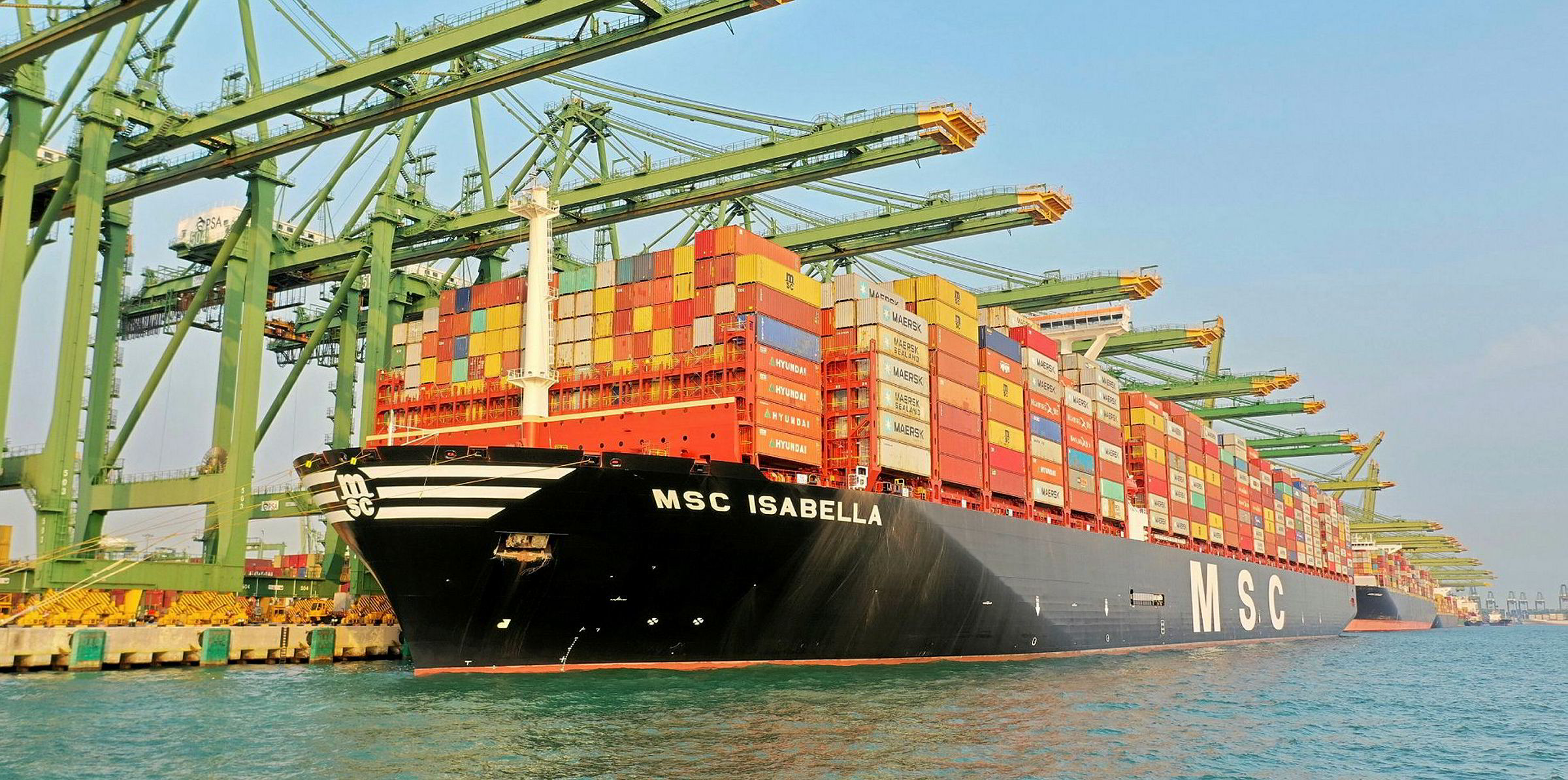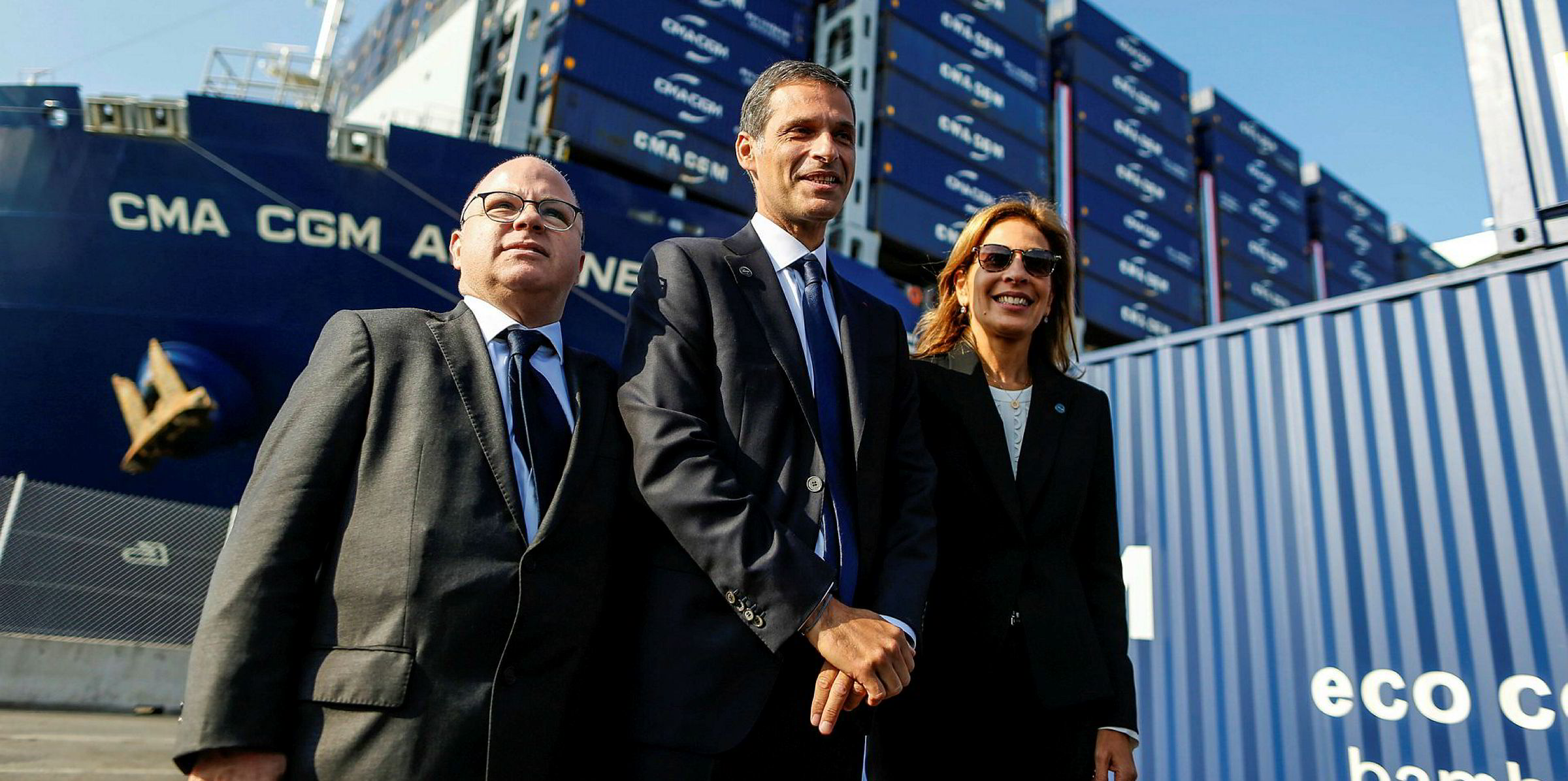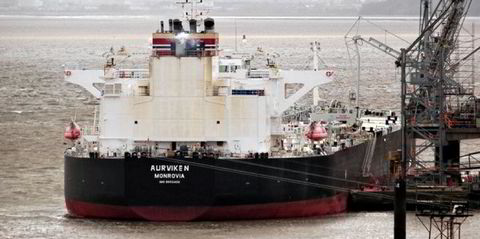The container shipping industry’s financial condition remains “perilous” as indebted liner operators face their highest risk of bankruptcy than at any point in the past decade, according to a study by AlixPartners.
And financial shocks in the coming months could shift carriers’ finances “from worrisome to downright distressed” amid heightened vulnerability caused the spread of the coronavirus, the New York-consulting firm warned.
Its “2020 Global Container Shipping Outlook” suggests that container shipping revenues are likely to remain flat or increase only slightly in 2020 as demand growth sags below the peaks of earlier years.
The additional costs associated with complying with IMO 2020 regulations also threatens the survival of some carriers, AlixPartners said.
Using a key risk-of-bankruptcy measure known as the Altman Z-score, liner operators are deemed to be more at risk of bankruptcy since at least 2010.
The Altman Z-score is a metric that gauges a company’s credit strength and the likelihood that the company will seek bankruptcy protection within the coming 24 months, where a score of 1.8 or lower signals a high risk of bankruptcy.
But the collective score of 14 liner operators fell to 1.16 for the 12 months ending 30 September 2019, as the industry endured reductions in asset turnover and as industry-wide debt grew by $21bn.
The liner industry has not attained a score of 2.99, which is considered in the safe zone, since 2007, but this year’s figure is lower than any of the crisis years of the past decade.
“The score — the lowest in the 10 years we have tracked the number — is a worrisome indicator for both carriers and shippers, whose memories of Hanjin Shipping’s 2016 collapse are still fresh,” said AlixPartners.
AlixPartners said the chronic overcapacity has afforded carriers little leverage in price negotiations for much of the past decade, while the IMO 2020 regulatory mandate will drive a sudden and massive increase to the industry’s cost base.
“There is evidence that some carriers have for years used fuel-price surcharges to supplement profits and that they continue to do so as fuel prices reset during the implementation of IMO 2020," the consultancy said.
"Whether carriers can continue that practice as fuel-market volatility subsides is an open question.”
Estimates that carriers’ fuel bill would increase by at least $10bn globally prove broadly accurate, but “may understate the magnitude of the increase, which would dwarf the industry’s profitability.”
“The very survival of some carriers will depend on their ability to pass their higher fuel costs along to their customers,” the outfit said.
Coronavirus
While overcapacity that has plagued the industry for years may be easing, any financial shocks could shift some carriers’ finances “from worrisome to downright distressed,” AlixPartners said.
The study also notes that the sector’s finances this year are made even more vulnerable by the current coronavirus epidemic, which has sharply reduced container volumes at Chinese ports.
“IMO 2020 was already going to make this a year of huge disruption for the entire maritime industry,” said Marc Iampieri, a managing director in the transportation and infrastructure practice at AlixPartners.
“Throw in the coronavirus, the recent deterioration of some key financial measures and whatever other unforeseen disruptions lie ahead, and it’s clear that preparing for the worst may be the best way to avoid the worst.”







